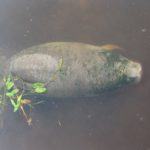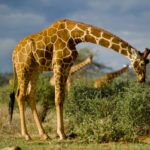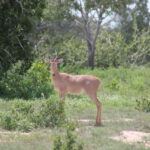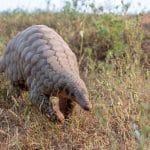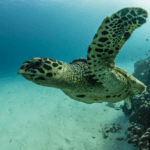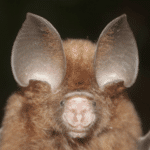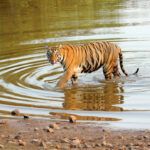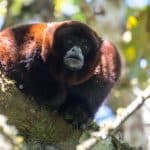This innovative endeavor meets the great need for electricity in remote field stations, and combines cutting-edge technology with wildlife conservation and sustainable environmental practices.
Learn MoreIt’s amazing what you can get done if you don’t care who gets the credit.
Extended Network
We strive for open collaboration with conservationists outside of our Partner Network; we welcome and appreciate what all conservationists do for wildlife.
Below are some organizations we encourage you to learn more about.
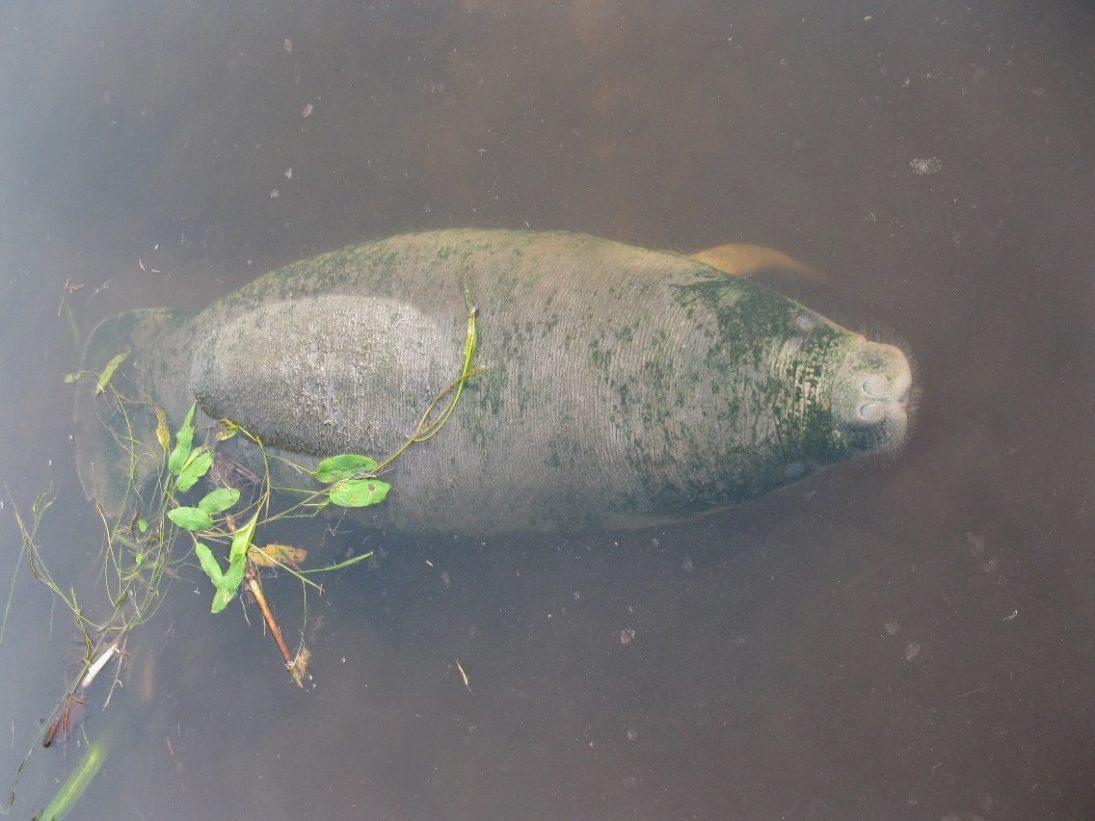
African Manatee
African Manatee
Organization: African Marine Mammal Conservation Organization
Location: Cameroon
The mission of African Marine Mammal Conservation Organization is to contribute to the protection of the aquatic megafauna and their habitats in Central Africa by improving the scientific knowledge and involving fishers and other stakeholders into sustainable fisheries and responsible watershed-use. Aristide Takoukam Kamla, the President and founder of AMMCO, was a WCN Scholar and spoke at WCN’s Expo in 2018. Donate to support African manatees.

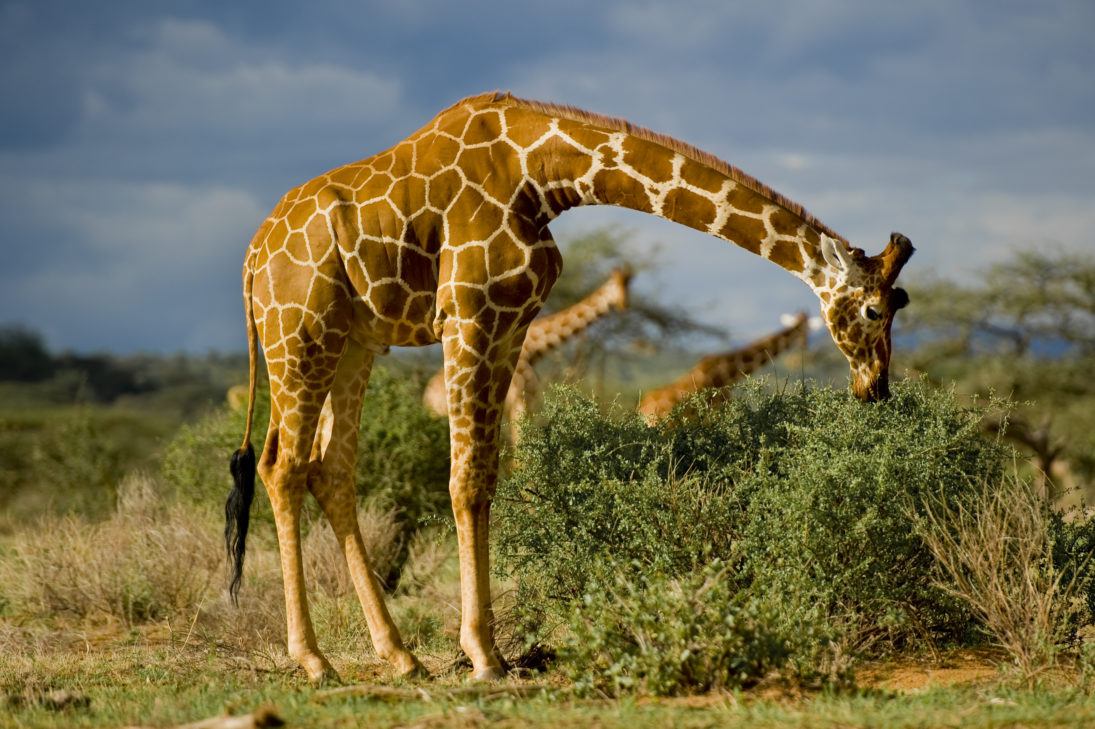
Giraffes
Giraffes
Organization: Somali Giraffe Project
Location: Kenya and Somalia
Somali Giraffe Project
The International Union for the Conservation of Nature (IUCN) elevated the reticulated giraffe, also known as the Somali giraffe, from “Vulnerable” to “Endangered” in 2018, reflecting a population decline of some 80% over the previous 30 years, mainly due to habitat degradation and poaching. The Somali Giraffe Project, led by The Hirola Conservation Program, is dedicated to saving the reticulated giraffe in areas along the Kenya-Somalia border, where they are working closely with indigenous communities, addressing ecological knowledge gaps and threats to provide a road map for their recovery in this conflict stricken region. Donate to support giraffes via The Hirola Conservation Program.

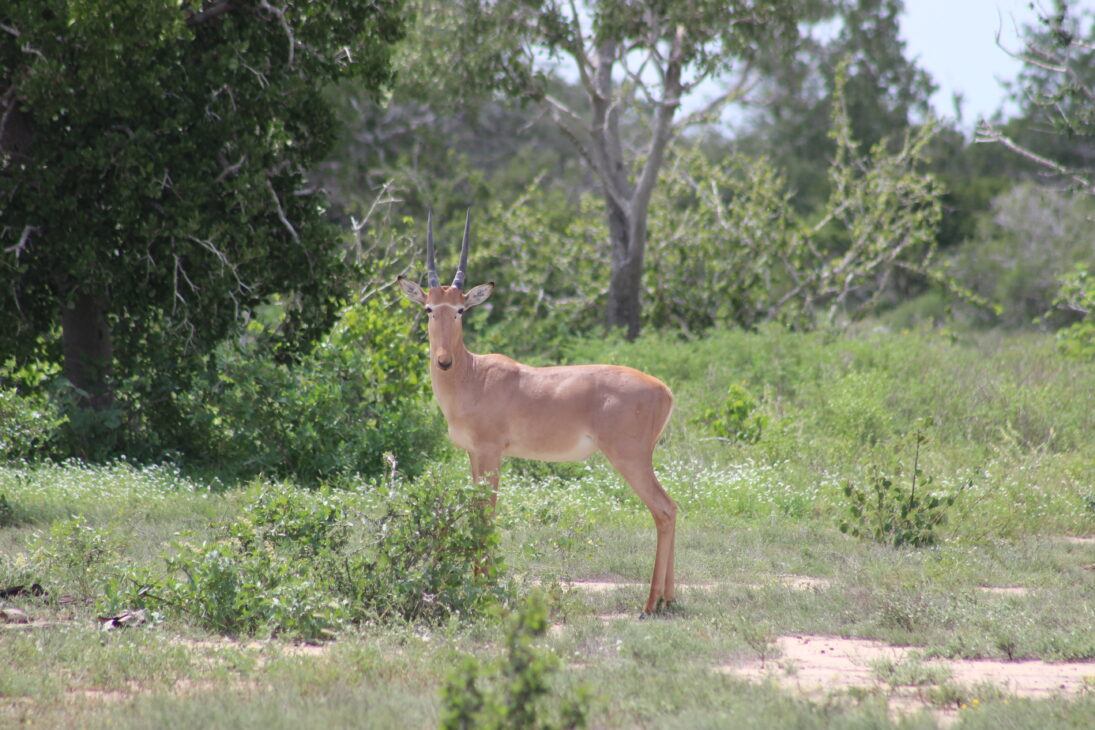
Hirola
Hirola
Organization: Hirola Conservation Program
Location: Kenya
Hirola, one of the world’s rarest antelope, have large tawny bodies and dark glands under their eyes used to mark their territory. With a global population size of fewer than 500, they face many threats such as habitat loss, competition with livestock and predation. In the same rangeland, the Somali giraffe’s population has declined by 80% since the 1980s. The Hirola Conservation Program (HCP), an indigenous led, non-profit organization, is restoring critical habitat, addressing threats such as poaching, diseases, and infrastructural development to conserve both of these magnificent species in eastern Kenya. HCP’s founder and Executive Director, Dr. Abdullahi Ali, presented at WCN’s Expo in 2021. Donate to support their work on hirola.

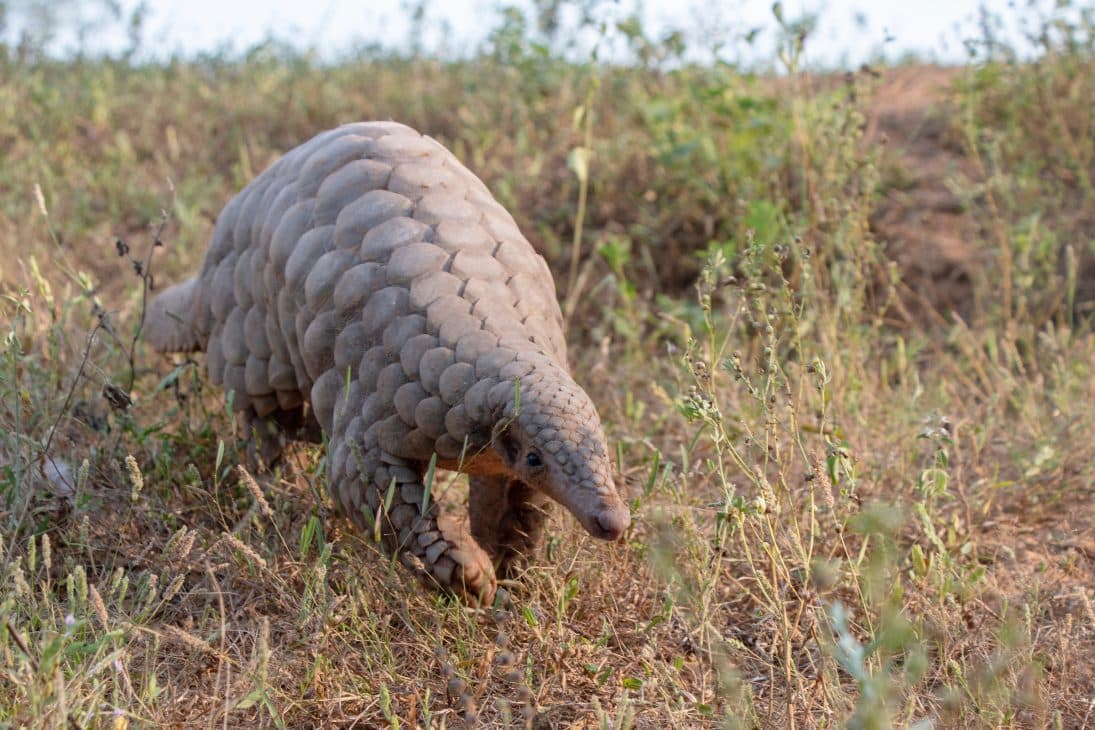
Pangolins - Nepal
Pangolins - Nepal
Organization: Greenhood Nepal
Location: Nepal
When threatened by natural predators, pangolins have evolved to quickly curl into a ball, using their scales for protection. Unfortunately, this technique makes them vulnerable to human capture for the rampant and illegal international trade in pangolin products, which is drastically driving down their numbers throughout Southeast Asia. Greenhood Nepal reduces threats to wildlife, including the Chinese and Indian pangolin species, in ways that respect local communities, embrace science-led action, and empower others to safeguard
nature. Donate to support pangolins.

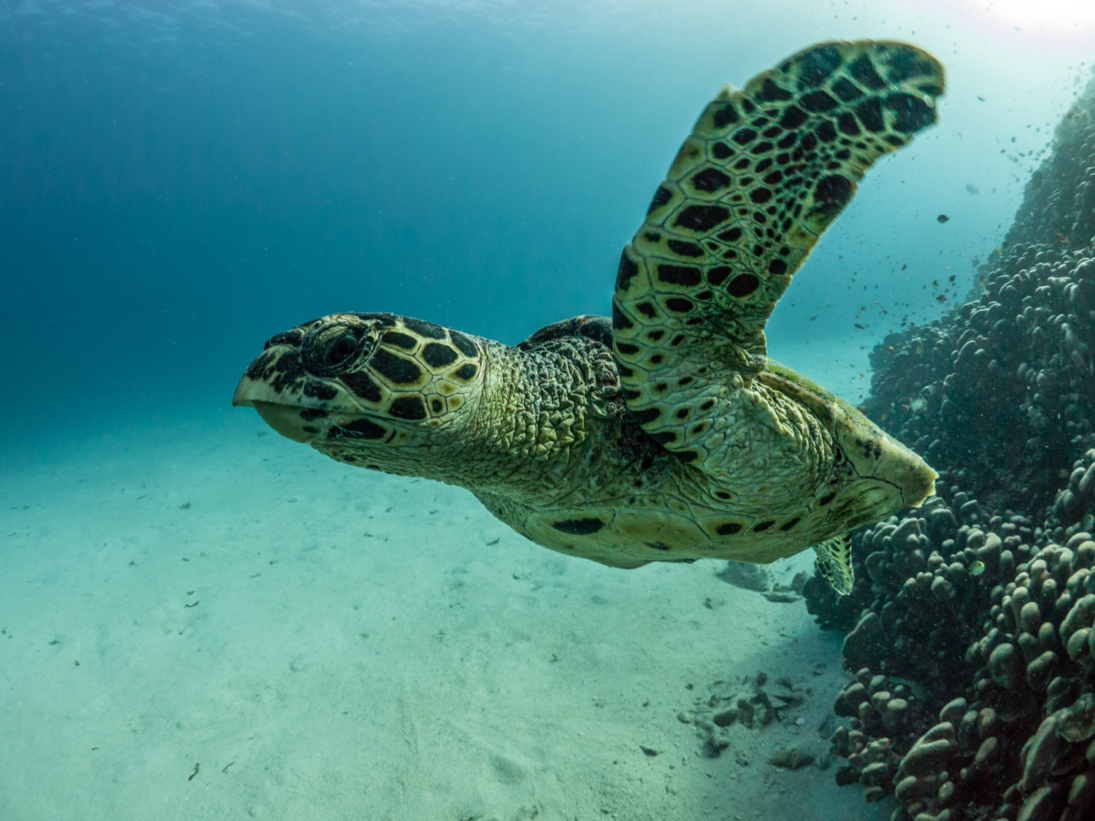
Sea Turtles
Sea Turtles
Organization: Sea Sense
Location: Tanzania
Sea Sense is an NGO that works closely with coastal communities in Tanzania to conserve and protect endangered marine wildlife, including sea turtles, dugongs, whales, dolphins, and whale sharks. These species and their habitats face a very uncertain future, mostly due to human activities in coastal zones. Sea Sense has recruited and trained a network of over 60 Conservation Officers to act as ambassadors in their villages and serve as a vital link between Sea Sense and the wider community. Activities focus on research and conservation, education and capacity development, sustainable livelihoods, and governance and leadership. Sea Sense projects are specifically designed to address the root causes of the degradation of marine and coastal ecosystems. Sea Sense presented at WCN’s Fall Expo in 2021. Donate to support their work on sea turtles.

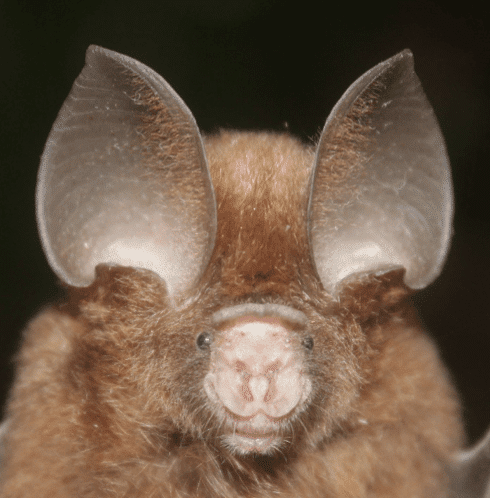
Short-tailed Roundleaf-nosed bat
Short-tailed Roundleaf-nosed bat
Organization: Small Mammal Conservation Organization (SMACON)
Location: Nigeria
Bats are the only mammals in the world that can fly. Small Mammal Conservation Organization (SMACON) is an NGO in Nigeria that conducts ecological and conservation research to drive programs that protect and restore endangered species habitat and halt extinctions. SMACON monitors wild populations, facilitates enforcement against illegal wildlife extraction, and influences government policy based on evidence from the field. SMACON was launched to address the lack of conservation focus on small mammals, such as bats. While based in Nigeria, SMACON’s research and capacity building efforts extend across West Africa. SMACON presented at WCN’s Fall Expo in 2021. Donate to support their work for bats in Nigeria.

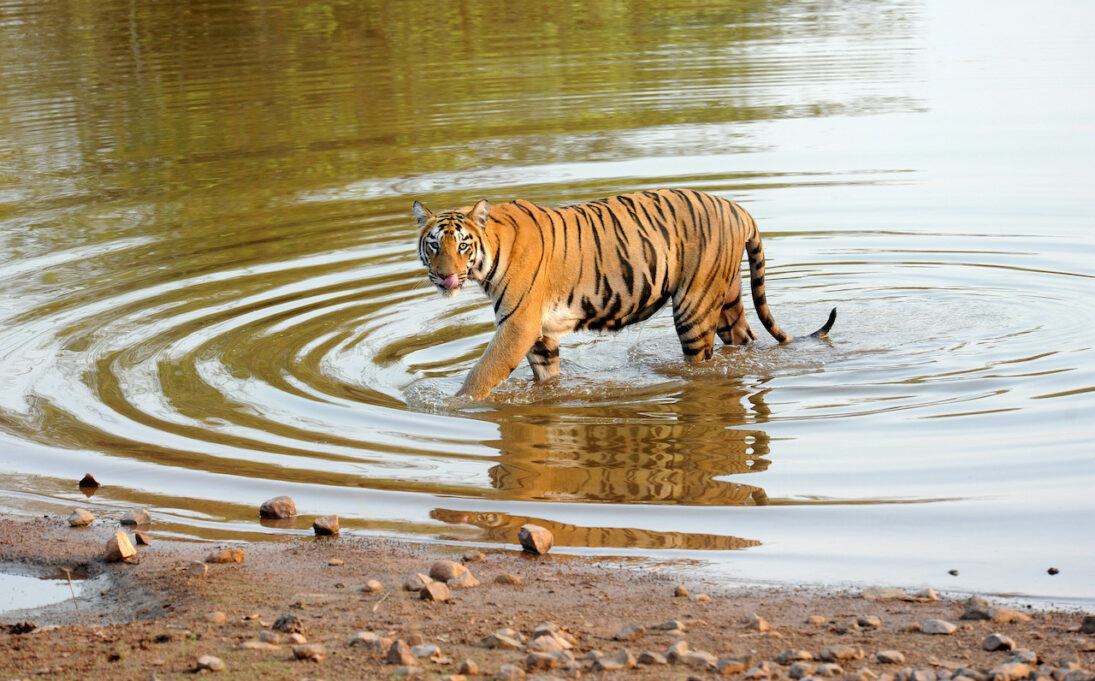
Tigers - Tadoba
Tigers - Tadoba
Organization: Tiger Research and Conservation Trust
Location: Papua India
The wild tiger is an ambassador for the ecosystems it occupies. Without its presence, the delicate balance of nature is disrupted. Over the last century, global wild tiger populations have suffered a severe decline, now making them one of the most endangered big cats in the world. Tiger Research and Conservation Trust (TRACT) was founded in 2001 in India to focus on the conservation of wild tigers and their habitat. They believe in working at the grassroots level with local communities and the managers and policy makers of Central India’s forests to implement peaceful and continued cohabitation. This also protects other large carnivores in buffer forests and forested corridors. TRACT presented at WCN’s Fall Expo in 2021. Donate to support their work on tigers.

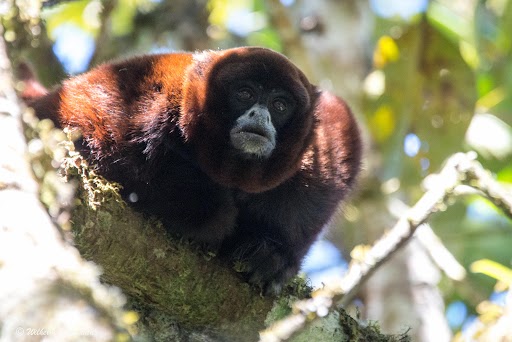
Yellow-tailed Woolly Monkey
Yellow-tailed Woolly Monkey
Organization: Yunkawasi
Location: Peru



